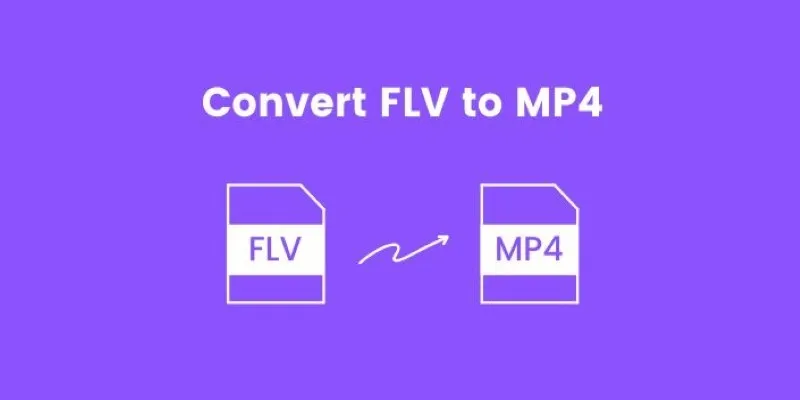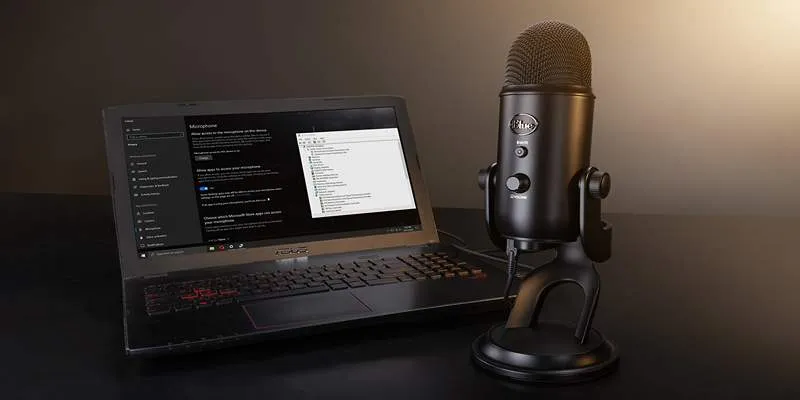How to Add Character Limit to Post Titles in WordPress
Managing post titles in WordPress can be tricky when contributors use varying lengths. Keeping titles concise not only aids in creating consistent headlines but also enhances readability and SEO. By setting a character limit, you can prevent long titles from breaking layouts or appearing awkward, especially on mobile devices. Many WordPress users apply character limits to ensure a tidy, professional appearance.

Why Limiting Post Title Length Matters
Post titles appear in various locations like the homepage, sidebars, and SEO snippets. When titles vary greatly in length, it disrupts visual balance. Consistent title lengths help maintain design cohesion and make it easier for readers to scan your content. Shorter titles also prevent search engines from cutting off words, ensuring clear communication from an SEO perspective.
Selecting the Ideal Character Limit for Your Site
While there’s no one-size-fits-all limit, most website owners use a range between 50 to 70 characters. Start by experimenting with different limits to see how they fit within your design. Shorter limits are beneficial for mobile-focused sites, while longer titles can be more expressive on blogs. Analyze your most popular articles to decide on an optimal length, and document this for your team.
Using Plugins to Add Character Limits Easily
Plugins offer a straightforward way to enforce title limits. Search for plugins like “title length limit” in WordPress, and choose one with positive reviews and updates. Once installed, configure your desired character count. Some plugins offer live character counters or warnings for exceeding limits, and some even block post submissions if the title is too long. This method is perfect for teams with multiple contributors.

Manually Enforcing Limits Without Writing Code
Prefer a manual approach? Create a document with your writing guidelines, specifying the title length limit. Use tools like WordCounter.net or Google Docs to teach contributors about writing concise titles. You can also integrate a checklist item like “Title under 60 characters” during content reviews. This method encourages discipline and helps writers naturally adapt to writing within limits.
Testing the Character Limit Across Your Theme
Once you’ve set a character limit, test it across your website. Check various sections like blog archives, single post views, and the homepage to ensure titles fit well without disrupting layout. Also, view your site on different devices to confirm mobile compatibility. Search your articles on Google to ensure the title snippet is displayed correctly. Adjust the limit if necessary to prevent truncation.
Tips for Writing Strong Titles Within the Limit
Writing concise titles doesn’t mean compromising on quality. Focus on placing crucial keywords at the beginning and using action words. Avoid unnecessary words and leverage numbers or benefit-driven language for clarity. Tools like Sharethrough or CoSchedule Headline Analyzer can help evaluate your titles’ impact. Encourage your team to draft multiple title variations for the best results.
Conclusion
Setting a character limit for WordPress post titles adds structure and clarity to your website. By adhering to best practices and using tools or manual techniques, you ensure your titles are SEO-friendly and mobile-compatible. Consistent headline practices lead to better engagement and a professional, cohesive site appearance. When titles are clear and concise, users are more likely to engage and trust your brand.
Related Articles

The 8 Best To-Do List Apps for Android in 2025

8 Best To-Do List Apps for Mac in 2025

Top Tools to Convert MXF Files for Seamless Sony Vegas Compatibility

How to Convert MPEG to WAV: A Step-By-Step Guide

Top 10 Apps to Add Text to Videos on Mobile and Desktop

How to Convert FLV to MP4 for Free: Top Tools and Easy Methods

How to Easily Convert AVI to MOV Using 4 Reliable Tools

MPEG to MP3 Conversion Made Easy: A Complete Guide

How to Easily Convert AVI to MOV Using 4 Reliable Tools

Best Free Ways to Convert QuickTime MOV to MP4 for Any Device

10 Free eCommerce Tools to Help You Launch Your Online Store with Ease

Discover the Best Kronos Alternatives for Your Small Business: Top Picks for 2025
Popular Articles

Best Software to Record Gameplay: Top 5 Video Game Recording Tools That Actually Work

OBS Screen Recorder Review: Is It the Ultimate Tool for Your Needs?

How to Use Windows 10 Secret Screen Recorder: A Complete Guide

Microphone Not Working in Online Learning Platforms? Try These Fixes

Lag-Free Screen Recording on Mac: 5 Tools You Need

Transform Your Screen: Best Free HD Wallpaper Tools for Mobile and Desktop

Top 10 Apps to Add Text to Videos on Mobile and Desktop

How to Set Maximum Number of Tags for WordPress Posts in Simple Steps

Discover the Top 8 Game Recording Software Programs for Windows

5 Best Tools to Transfer and Convert AVCHD Videos to Your iPod

How to Make Viral YouTube and TikTok Reaction Videos: Step-by-Step Guide

 mww2
mww2